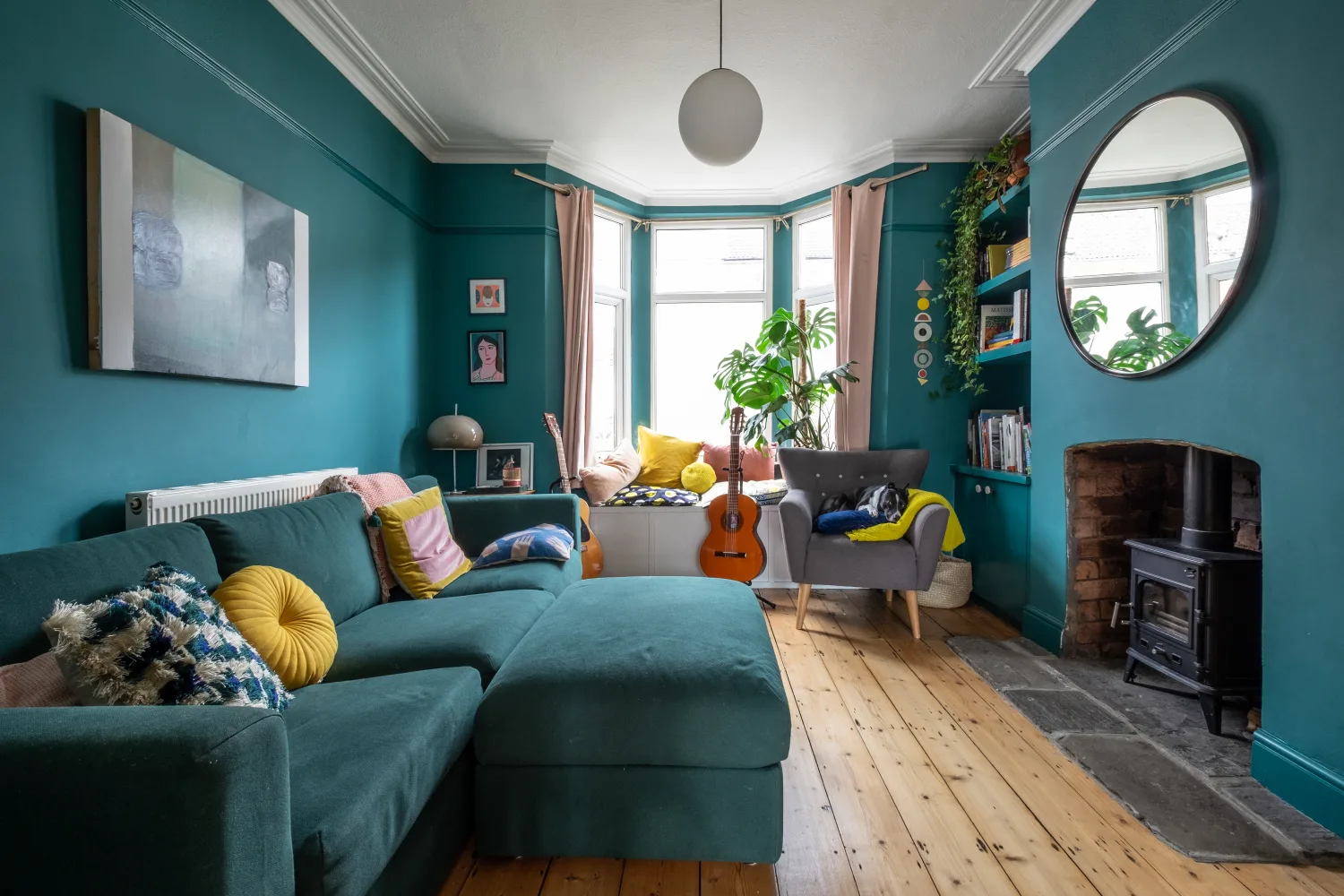Intro:
Knowing interior design terms can help to bolster your shopping experience and make it the best experience possible.
Armed with the right knowledge, you can hang with even the savviest of shoppers and make the right decisions for your home. Let’s go through some of the terms you need to know before your next interior design shopping trip!
Common Interior Design Styles
Let’s start with the common design styles that you’ll hear when crafting your home.
1. Mid-century Modern
As the name suggests, this is a modern architectural style. While it came to be following the Second World War, it is becoming increasingly popular today. Traits of the mid-century modern design include minimalism, a focus on function, playfulness with shapes, and a balance of natural and manufactured items. This can be as simple as combing a jute rug, like one at Lawrence of La Brea, and a man-made industrial lamp in the living room.
Looking for apartments for rent in Surprise AZ? Consider the chic and timeless Mid-Century Modern style, which offers a blend of minimalism and functionality. Imagine enhancing your living space with elements like a jute rug from Lawrence of La Brea and an industrial lamp, creating a balanced and stylish atmosphere for your new home.
2. Shabby Chic
This design style is very unique when compared to other modern and slicker alternatives. The primary trait of shabby chic is that a worn-in, more cluttered look is desired. Traits usually include unique vintage pieces, distressed pieces, and eclectic features.
3. Minimalism
A buzzword of the 21st century, minimalism is the idea of keeping only what is necessary for living. That means no extra accent pieces, no throw blankets for looks, and so on. Usually, the color is very monotone and is very modern and clean in appearance. Any selected furniture is very basic, sleek, and understated.
4. Contemporary
Often in conjunction with minimalism is the use of contemporary design. In this case, contemporary also focuses on clean lines and purposeful use of textures. The goal is subtlety and sophistication to create a functional and visually appealing spot.
5. Victorian
Sometimes conflated with the word “gothic,” this design style is based on the Victorian era. Essentially the reverse of what most households are looking for today with over-the-top colors and textures. Often the goal was and is to create a warm and romantic environment with many layers.
6. Bauhaus
Based on a German concept with a short stint of popularity in the early 1900s, Bauhaus was one of the original sleek design types. Similar to contemporary, this relies on smooth surfaces, modernity, and understated décor. The design trend usually relies on materials that are ground-breaking at the moment.
7. Art Deco
This is a middle-of-the-road design type that blends extravaganza and modernism into a happy medium. Oftentimes a space relying on art deco will use vibrant colors to make a statement, playful, geometrical designs, and major attention to detail. While it was ever popular in the early to mid-1900s, it continues to appeal to many today.
General Terms to Note
Here are a few general terms you might hear tossed around that are important to remember.
1. Upholstery
The cushions and other materials used to create the soft materials that cover furniture pieces. Typically chairs, couches, and other soft furnishings are finished with upholstery.
2. Retro
Emulating a certain style or time period, retro indicates a piece or style today that echoes the past. Common retro time periods are between the 60s and 90s.
3. Feng Shui
A Chinese art style that focuses on bringing harmony and balance into the home via décor. Arrangement plays a big role in achieving Feng Shui and continues to play a big role in Western homes today.
4. Interior wall
This wall, as the name suggests, is one that is found within the home. It can either serve the function of helping to withhold the structure, a decorative or accent wall, or both.
5. Refined
With refined tastes, you’re selective in creating a certain aesthetic or have particular wants in your space. Generally, a refined space will be highly complementary and attractive.
6. Focal point
A room’s focal point is the main focus of the space. In the case of a living room, it might be a dramatic floor-to-ceiling fireplace, for example. In a bedroom, it could be the upholstered headboard.
7. Aspirational
An aspirational home design can help to promote a space that encourages you to grow and thrive. There is no particular set of characteristics, but it may depend on the person.
8. Trompe l’oeil
The use of realistic imagery to make an object appear to be three dimensions when it is, in fact, flat. This is common in paintings or walls and works to create an optical illusion.
9. Eclectic
A combination of different design features and aesthetics that come together. Those with eclectic tastes may pull their décor together based on all inspirations that appeal.
Conclusion
Knowing the ins and outs of interior design doesn’t need to be difficult. Arming yourself with a little bit of knowledge can help you talk like a pro and make all of the decisions you need.





